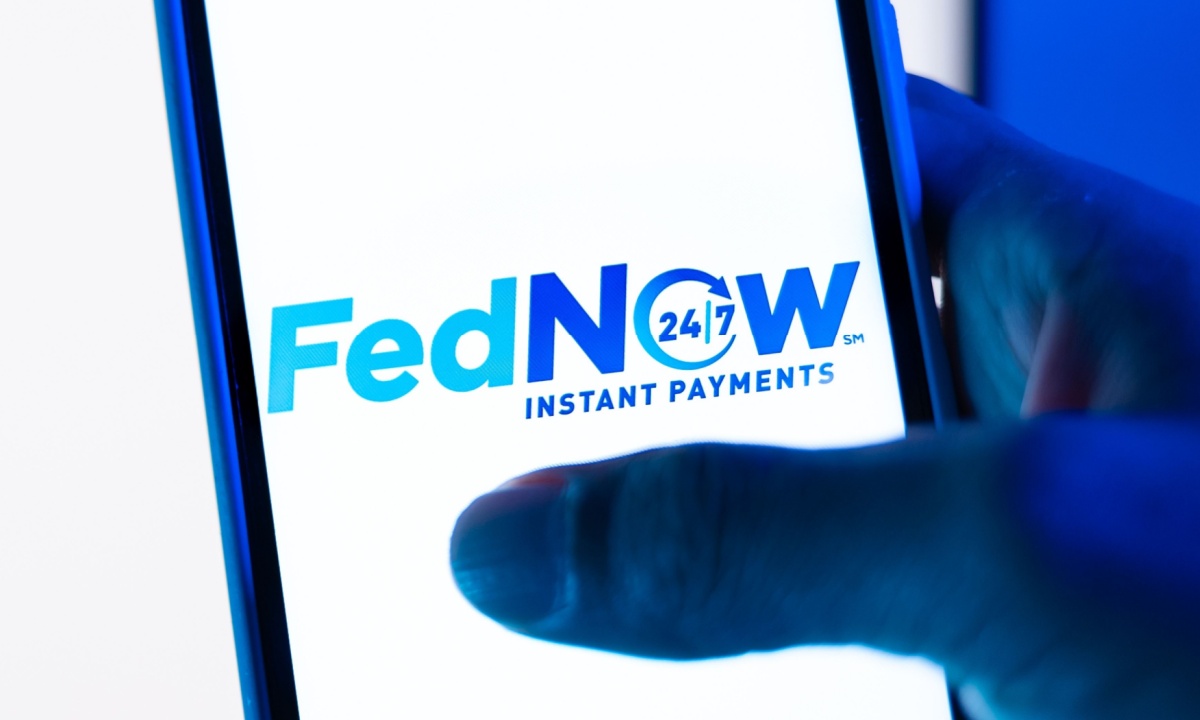The competition between traditional banks and nonbank financial institutions is intensifying as consumer demand for faster and more reliable payment options surges. The FedNow Service, a system developed by the Federal Reserve, is proving to be a critical tool for banks aiming to keep pace with the evolving financial landscape. According to Nick Stanescu, chief executive of the FedNow Service, the number of participating institutions has skyrocketed from 35 to over 1,500 in a short period, underscoring the service’s rapid adoption.
Stanescu highlighted the shift in consumer expectations, noting that 78% of consumers now prefer faster payment options. Alarmingly, half of these individuals maintain accounts with nonbank providers, illustrating the competitive pressure on traditional banks. “Consumers and businesses want fast, convenient payments,” Stanescu stated in an interview. He emphasized that this growing demand is a driving force behind the expansion of instant payment solutions.
Rising Demand for Instant Payments
Research from the Federal Reserve indicates that expectations for instant payments are rising sharply. Almost 60% of consumers believe it is essential for their financial institutions to offer these services. Among the younger demographic, particularly Gen Z, that figure jumps to 78%, marking a significant increase from the previous year. “Instant payments are not becoming less important,” Stanescu affirmed. “If anything, they are becoming more crucial.”
Businesses are also demonstrating a strong inclination towards instant payments. Approximately 66% of firms are likely to utilize these services if offered by their primary financial institution, and those that do report a 10% increase in satisfaction. Stanescu noted that these statistics reveal a clear trend: customer expectations and competitive pressures are driving banks to enhance their offerings.
Operational Changes and Broader Implications
Stanescu shared insights on how the FedNow Service has prompted banks to expedite their implementation processes. He recounted the experience of a large regional bank that advanced its FedNow integration timeline by a year due to customer demand and competitive advancements. “Competition works,” he remarked, showcasing the urgency felt by banks to adapt.
The core advantage of instant payments lies in their continuous availability. This allows transactions to be processed at any time, including weekends. “Think about being able to process an auto loan on a Saturday or Sunday and walk away with the vehicle,” Stanescu explained. He also pointed out the U.S. Treasury’s utilization of instant payments for federal disbursements, which can be especially impactful during emergencies when timely access to funds is critical.
Beyond just speed, Stanescu emphasized that the immediate availability of funds and the finality of settlements offer significant benefits to businesses. The certainty that comes with instant payments helps organizations improve their cash flow management and strengthen relationships with vendors and clients. “The ability to pay a supplier immediately or fund an investment instantly can make a real difference,” he stated.
Another key aspect is the integration of rich data within payment instructions, which facilitates operational efficiencies like faster reconciliation. “It is an operational efficiency that we do not talk about enough,” Stanescu added.
As the FedNow platform continues to grow, Stanescu noted that financial institutions must expand beyond merely receiving payments. “They need to lean into send capabilities,” he urged. “Once you enable send for your customers, whether consumers or businesses, there is a lot more value to capture.”
Community banks and credit unions are also beginning to participate more fully in the FedNow Service. Stanescu pointed out that these institutions can manage risk by initially focusing on receiving payments before expanding their capabilities. Some smaller banks start with a limited customer base to build confidence, which can be a practical approach.
The FedNow Service aims to create a broader ecosystem that goes beyond financial institutions. As businesses begin to grasp the potential of instant payments, banks have the opportunity to collaborate with them to develop new use cases. Stanescu called on FinTechs and third-party providers to accelerate their efforts, encouraging them to embed instant payment capabilities into their applications.
“It is an exciting time to be in payments,” Stanescu concluded, reflecting on the rapid pace of innovation in the industry. With the FedNow Service facilitating this change, the landscape of financial transactions is poised for significant transformation.







































































